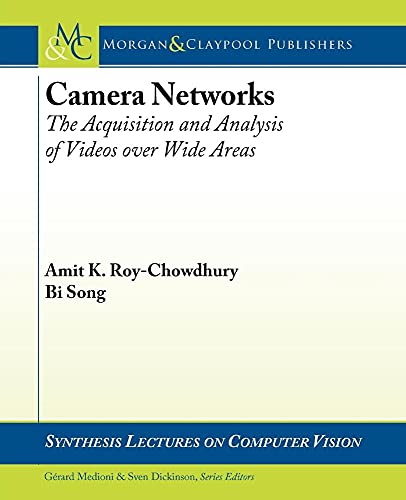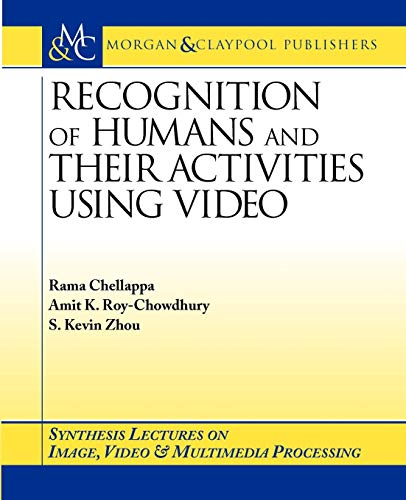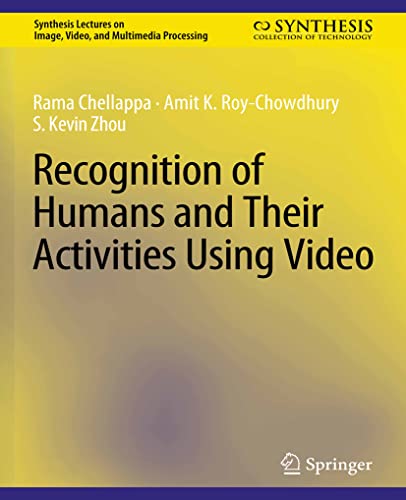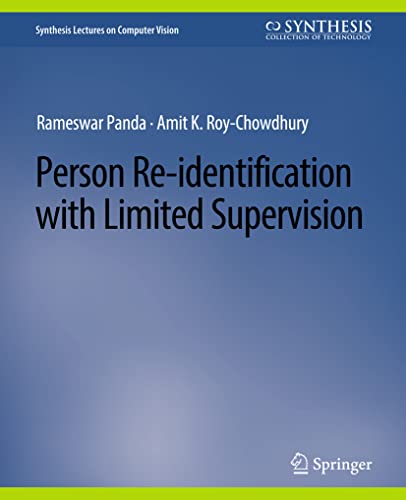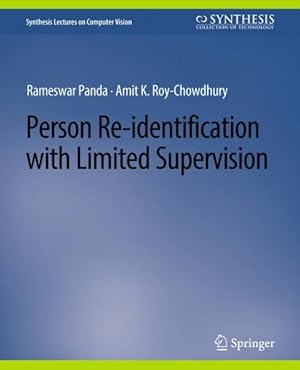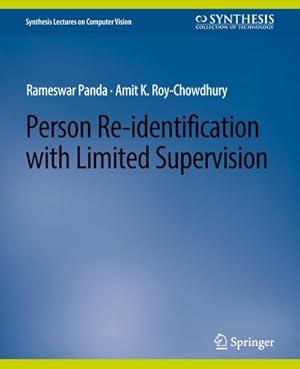Roy Chowdhury Amit (65 results)
Search filters
Product Type
- All Product Types
- Books (65)
- Magazines & Periodicals (No further results match this refinement)
- Comics (No further results match this refinement)
- Sheet Music (No further results match this refinement)
- Art, Prints & Posters (No further results match this refinement)
- Photographs (No further results match this refinement)
- Maps (No further results match this refinement)
- Manuscripts & Paper Collectibles (No further results match this refinement)
Condition Learn more
- New (57)
- As New, Fine or Near Fine (5)
- Very Good or Good (3)
- Fair or Poor (No further results match this refinement)
- As Described (No further results match this refinement)
Binding
Collectible Attributes
- First Edition (No further results match this refinement)
- Signed (No further results match this refinement)
- Dust Jacket (No further results match this refinement)
- Seller-Supplied Images (31)
- Not Print on Demand (41)
Language (1)
Free Shipping
Seller Location
Seller Rating
-
Camera Networks: The Acquisition and Analysis of Videos over Wide Areas (Synthesis Lectures on Computer Vision, 4)
Published by Morgan & Claypool Publishers, 2012
ISBN 10: 1608456749 ISBN 13: 9781608456741
Language: English
Seller: suffolkbooks, Center moriches, NY, U.S.A.
paperback. Condition: Very Good. Fast Shipping - Safe and Secure 7 days a week!
-
Soft Cover. Condition: Good. Ex-library with the usual features. Library label on front cover. The interior is clean and tight. Binding is good. Cover shows light wear. Ex-Library.
-
Person Re-identification With Limited Supervision (Synthesis Lectures on Computer Vision)
Seller: suffolkbooks, Center moriches, NY, U.S.A.
paperback. Condition: Very Good. Fast Shipping - Safe and Secure 7 days a week!
-
Deformable Surface 3d Reconstruction from Monocular Images
Seller: GreatBookPrices, Columbia, MD, U.S.A.
Condition: As New. Unread book in perfect condition.
-
Condition: As New. Unread book in perfect condition.
-
Deformable Surface 3d Reconstruction from Monocular Images
Seller: GreatBookPrices, Columbia, MD, U.S.A.
Condition: New.
-
PAP. Condition: New. New Book. Shipped from UK. Established seller since 2000.
-
Camera Networks
Published by Springer International Publishing AG, CH, 2012
ISBN 10: 3031006836 ISBN 13: 9783031006838
Language: English
Seller: Rarewaves.com USA, London, LONDO, United Kingdom
Paperback. Condition: New. 1°. As networks of video cameras are installed in many applications like security and surveillance, environmental monitoring, disaster response, and assisted living facilities, among others, image understanding in camera networks is becoming an important area of research and technology development. There are many challenges that need to be addressed in the process. Some of them are listed below: - Traditional computer vision challenges in tracking and recognition, robustness to pose, illumination, occlusion, clutter, recognition of objects, and activities; - Aggregating local information for wide area scene understanding, like obtaining stable, long-term tracks of objects; - Positioning of the cameras and dynamic control of pan-tilt-zoom (PTZ) cameras for optimal sensing; - Distributed processing and scene analysis algorithms; - Resource constraints imposed by different applications like security and surveillance, environmental monitoring, disaster response, assisted living facilities, etc. In this book, we focus on the basic research problems in camera networks, review the current state-of-the-art and present a detailed description of some of the recently developed methodologies. The major underlying theme in all the work presented is to take a network-centric view whereby the overall decisions are made at the network level. This is sometimes achieved by accumulating all the data at a central server, while at other times by exchanging decisions made by individual cameras based on their locally sensed data. Chapter One starts with an overview of the problems in camera networks and the major research directions. Some of the currently available experimental testbeds are also discussed here. One of the fundamental tasks in the analysis of dynamic scenes is to track objects. Since camera networks cover a large area, the systems need to be able to track over such wide areas where there could be both overlapping and non-overlapping fields of view of the cameras, as addressedin Chapter Two: Distributed processing is another challenge in camera networks and recent methods have shown how to do tracking, pose estimation and calibration in a distributed environment. Consensus algorithms that enable these tasks are described in Chapter Three. Chapter Four summarizes a few approaches on object and activity recognition in both distributed and centralized camera network environments. All these methods have focused primarily on the analysis side given that images are being obtained by the cameras. Efficient utilization of such networks often calls for active sensing, whereby the acquisition and analysis phases are closely linked. We discuss this issue in detail in Chapter Five and show how collaborative and opportunistic sensing in a camera network can be achieved. Finally, Chapter Six concludes the book by highlighting the major directions for future research. Table of Contents: An Introduction to Camera Networks / Wide-Area Tracking / Distributed Processing in Cam.
-
Condition: New. 1st edition NO-PA16APR2015-KAP.
-
Camera Networks: The Acquisition and Analysis of Videos over Wide Areas (Synthesis Lectures on Computer Vision)
Seller: Ria Christie Collections, Uxbridge, United Kingdom
Condition: New. In English.
-
Person Re-Identification with Limited Supervision (Synthesis Lectures on Computer Vision)
Seller: Ria Christie Collections, Uxbridge, United Kingdom
Condition: New. In English.
-
Deformable Surface 3d Reconstruction from Monocular Images
Seller: GreatBookPricesUK, Woodford Green, United Kingdom
Condition: New.
-
Condition: New.
-
Person Re-identification With Limited Supervision
Seller: GreatBookPricesUK, Woodford Green, United Kingdom
Condition: New.
-
Deformable Surface 3d Reconstruction from Monocular Images
Seller: GreatBookPricesUK, Woodford Green, United Kingdom
Condition: As New. Unread book in perfect condition.
-
Camera Networks : The Acquisition and Analysis of Videos over Wide Areas
Seller: Chiron Media, Wallingford, United Kingdom
PF. Condition: New.
-
Person Re-identification With Limited Supervision
Seller: GreatBookPricesUK, Woodford Green, United Kingdom
Condition: As New. Unread book in perfect condition.
-
Camera Networks
Published by Springer, Berlin|Springer International Publishing|Morgan & Claypool|Springer, 2012
ISBN 10: 3031006836 ISBN 13: 9783031006838
Language: English
Seller: moluna, Greven, Germany
Condition: New. As networks of video cameras are installed in many applications like security and surveillance, environmental monitoring, disaster response, and assisted living facilities, among others, image understanding in camera networks is becoming an important area o.
-
Person Re-Identification with Limited Supervision
Published by Springer International Publishing, Springer Nature Switzerland Sep 2021, 2021
ISBN 10: 3031006976 ISBN 13: 9783031006975
Language: English
Seller: buchversandmimpf2000, Emtmannsberg, BAYE, Germany
Taschenbuch. Condition: Neu. Neuware -Person re-identification is the problem of associating observations of targets in different non-overlapping cameras. Most of the existing learning-based methods have resulted in improved performance on standard re-identification benchmarks, but at the cost of time-consuming and tediously labeled data. Motivated by this, learning person re-identification models with limited to no supervision has drawn a great deal of attention in recent years.In this book, we provide an overview of some of the literature in person re-identification, and then move on to focus on some specific problems in the context of person re-identification with limited supervision in multi-camera environments. We expect this to lead to interesting problems for researchers to consider in the future, beyond the conventional fully supervised setup that has been the framework for a lot of work in person re-identification.Chapter 1 starts with an overview of the problems in person re-identification and the major research directions. We provide an overview of the prior works that align most closely with the limited supervision theme of this book. Chapter 2 demonstrates how global camera network constraints in the form of consistency can be utilized for improving the accuracy of camera pair-wise person re-identification models and also selecting a minimal subset of image pairs for labeling without compromising accuracy. Chapter 3 presents two methods that hold the potential for developing highly scalable systems for video person re-identification with limited supervision. In the one-shot setting where only one tracklet per identity is labeled, the objective is to utilize this small labeled set along with a larger unlabeled set of tracklets to obtain a re-identification model. Another setting is completely unsupervised without requiring any identity labels. The temporal consistency in the videos allows us to infer about matching objects across the cameras with higher confidence, even withlimited to no supervision. Chapter 4 investigates person re-identification in dynamic camera networks. Specifically, we consider a novel problem that has received very little attention in the community but is critically important for many applications where a new camera is added to an existing group observing a set of targets. We propose two possible solutions for on-boarding new camera(s) dynamically to an existing network using transfer learning with limited additional supervision. Finally, Chapter 5 concludes the book by highlighting the major directions for future research.Springer Verlag GmbH, Tiergartenstr. 17, 69121 Heidelberg 100 pp. Englisch.
-
Person Re-Identification with Limited Supervision
Published by Springer International Publishing, 2021
ISBN 10: 3031006976 ISBN 13: 9783031006975
Language: English
Seller: AHA-BUCH GmbH, Einbeck, Germany
Taschenbuch. Condition: Neu. Druck auf Anfrage Neuware - Printed after ordering - Person re-identification is the problem of associating observations of targets in different non-overlapping cameras. Most of the existing learning-based methods have resulted in improved performance on standard re-identification benchmarks, but at the cost of time-consuming and tediously labeled data. Motivated by this, learning person re-identification models with limited to no supervision has drawn a great deal of attention in recent years.In this book, we provide an overview of some of the literature in person re-identification, and then move on to focus on some specific problems in the context of person re-identification with limited supervision in multi-camera environments. We expect this to lead to interesting problems for researchers to consider in the future, beyond the conventional fully supervised setup that has been the framework for a lot of work in person re-identification.Chapter 1 starts with an overview of the problems in person re-identification and the major research directions. We provide an overview of the prior works that align most closely with the limited supervision theme of this book. Chapter 2 demonstrates how global camera network constraints in the form of consistency can be utilized for improving the accuracy of camera pair-wise person re-identification models and also selecting a minimal subset of image pairs for labeling without compromising accuracy. Chapter 3 presents two methods that hold the potential for developing highly scalable systems for video person re-identification with limited supervision. In the one-shot setting where only one tracklet per identity is labeled, the objective is to utilize this small labeled set along with a larger unlabeled set of tracklets to obtain a re-identification model. Another setting is completely unsupervised without requiring any identity labels. The temporal consistency in the videos allows us to infer about matching objects across the cameras with higher confidence, even withlimited to no supervision. Chapter 4 investigates person re-identification in dynamic camera networks. Specifically, we consider a novel problem that has received very little attention in the community but is critically important for many applications where a new camera is added to an existing group observing a set of targets. We propose two possible solutions for on-boarding new camera(s) dynamically to an existing network using transfer learning with limited additional supervision. Finally, Chapter 5 concludes the book by highlighting the major directions for future research.
-
Person Re-Identification with Limited Supervision
Published by Springer International Publishing, 2021
ISBN 10: 3031006976 ISBN 13: 9783031006975
Language: English
Seller: preigu, Osnabrück, Germany
Taschenbuch. Condition: Neu. Person Re-Identification with Limited Supervision | Amit K. Roy-Chowdhury (u. a.) | Taschenbuch | xi | Englisch | 2021 | Springer International Publishing | EAN 9783031006975 | Verantwortliche Person für die EU: Springer Verlag GmbH, Tiergartenstr. 17, 69121 Heidelberg, juergen[dot]hartmann[at]springer[dot]com | Anbieter: preigu.
-
Camera Networks
Published by Springer International Publishing AG, CH, 2012
ISBN 10: 3031006836 ISBN 13: 9783031006838
Language: English
Seller: Rarewaves.com UK, London, United Kingdom
Paperback. Condition: New. 1°. As networks of video cameras are installed in many applications like security and surveillance, environmental monitoring, disaster response, and assisted living facilities, among others, image understanding in camera networks is becoming an important area of research and technology development. There are many challenges that need to be addressed in the process. Some of them are listed below: - Traditional computer vision challenges in tracking and recognition, robustness to pose, illumination, occlusion, clutter, recognition of objects, and activities; - Aggregating local information for wide area scene understanding, like obtaining stable, long-term tracks of objects; - Positioning of the cameras and dynamic control of pan-tilt-zoom (PTZ) cameras for optimal sensing; - Distributed processing and scene analysis algorithms; - Resource constraints imposed by different applications like security and surveillance, environmental monitoring, disaster response, assisted living facilities, etc. In this book, we focus on the basic research problems in camera networks, review the current state-of-the-art and present a detailed description of some of the recently developed methodologies. The major underlying theme in all the work presented is to take a network-centric view whereby the overall decisions are made at the network level. This is sometimes achieved by accumulating all the data at a central server, while at other times by exchanging decisions made by individual cameras based on their locally sensed data. Chapter One starts with an overview of the problems in camera networks and the major research directions. Some of the currently available experimental testbeds are also discussed here. One of the fundamental tasks in the analysis of dynamic scenes is to track objects. Since camera networks cover a large area, the systems need to be able to track over such wide areas where there could be both overlapping and non-overlapping fields of view of the cameras, as addressedin Chapter Two: Distributed processing is another challenge in camera networks and recent methods have shown how to do tracking, pose estimation and calibration in a distributed environment. Consensus algorithms that enable these tasks are described in Chapter Three. Chapter Four summarizes a few approaches on object and activity recognition in both distributed and centralized camera network environments. All these methods have focused primarily on the analysis side given that images are being obtained by the cameras. Efficient utilization of such networks often calls for active sensing, whereby the acquisition and analysis phases are closely linked. We discuss this issue in detail in Chapter Five and show how collaborative and opportunistic sensing in a camera network can be achieved. Finally, Chapter Six concludes the book by highlighting the major directions for future research. Table of Contents: An Introduction to Camera Networks / Wide-Area Tracking / Distributed Processing in Cam.
-
Condition: New.
-
Condition: New.
-
Condition: New. In.
-
Condition: New. In.
-
Lie Algebraic Methods in Integrable Systems
Published by Chapman and Hall/CRC 2017-06-30, 2017
ISBN 10: 1138401927 ISBN 13: 9781138401921
Language: English
Seller: Chiron Media, Wallingford, United Kingdom
Hardcover. Condition: New.
-
Condition: New. pp. 504.
-
Lie Algebraic Methods in Integrable Systems (Chapman & Hall/CRC Research Notes in Mathematics Series)
Published by Taylor & Francis Group, 1999
ISBN 10: 1584880376 ISBN 13: 9781584880370
Language: English
Seller: Books Puddle, New York, NY, U.S.A.
Condition: New. pp. 368.
-
Condition: Sehr gut. Zustand: Sehr gut | Sprache: Englisch | Produktart: Bücher.


